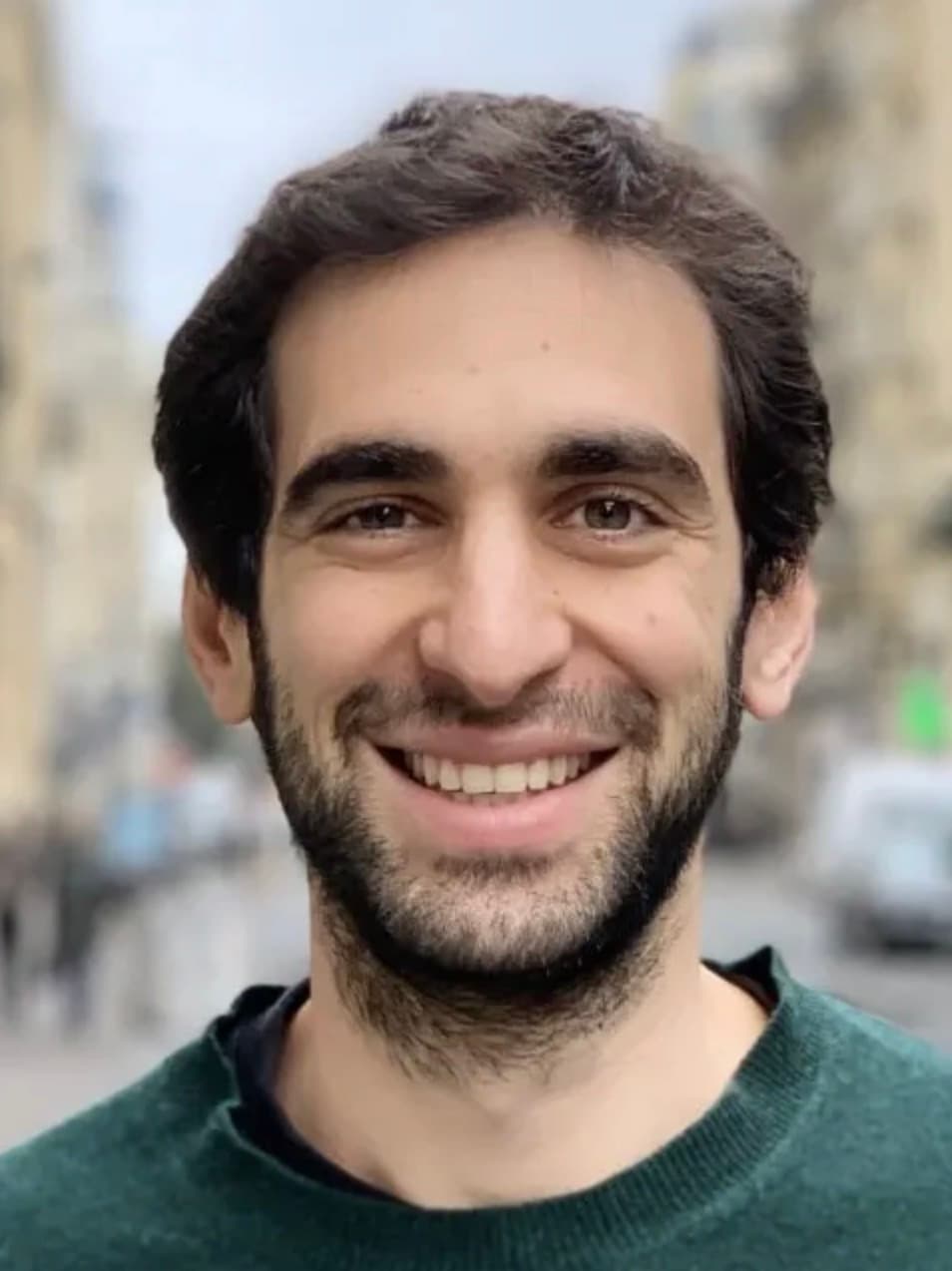What is the secret of the revolutionary startups of our time? At the era of uberization, can big companies find a place elsewhere than in a cemetery? Let’s give the floor to Nietzsche who has thought a lot about it!
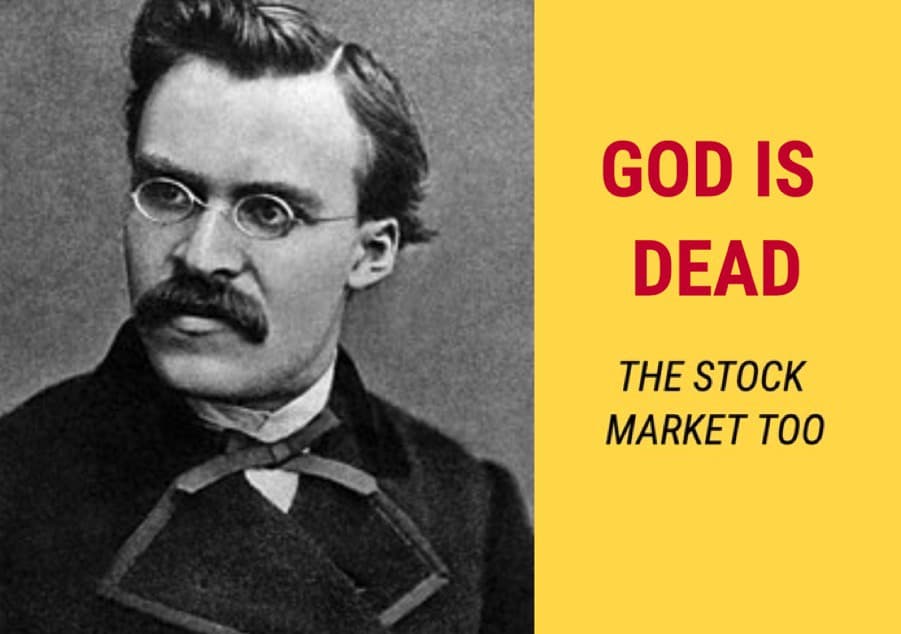
Nietzsche
I. Executive summary of the Nietzsche’s three metamorphoses
In the first part of Thus Spoke Zarathustra, Nietzsche introduces his thesis of the Übermensch (superman ) through an allegorical passage narrating the metamorphoses that humanity must experiment in order to emancipate the religious and achieve true morality.
He explains that the human spirit must evolve from obedience, symbolized by the camel, to the pure affirmation of which the child is the image passing through the violent negation personified by the lion.
« The three metamorphoses of the spirit will I now describe: how the spirit becomes a camel, the camel then a lion, and the lion at last a child. »
Initially, humanity is embodied in the figure of the camel that bears burdens symbolizing the ascetic values of Christian morality such as submission to God, obedience to the law or the love of truth. The camel is the one who confuses the affirmation with the simple ability to bear because there is not an active adhesion to the values but a simple submission.
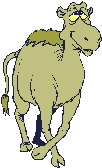
Camel
But the love of truth developed by the camel will eventually turn against this accumulation of knowledge and values since it will secrete in itself the ability to doubt. The camel will gradually question his knowledge and values.
From that moment the camel heads for the desert and the spirit begins its second metamorphosis as the camel becomes a lion. The lion symbolizes the release of the will. He fiercely denies all the burdens that we would like him to bear. He refuses everything that does not come from his own will.
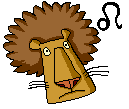
roaring lion
The lion is therefore the figure of this will that refuses all transcendence, but his work is limited insofar as he remains unable to create new values. The lion is only able to deny the old values but he does not manage to overcome this negation and remains somehow dependent on these old values.
To overcome this sterile nihilism and enter into the creation of value, the lion must turn into a child. The child is no longer haunted by the burden of history as is the lion who denies his past. This allows him the exercise of a free will far higher than a will imbued with the negation of past values.

dancing baby
Humanity must relearn how to become a child to escape its fate and take the risk of living. The child can freely create because his existence is not yet imprisoned by prejudices. He is the one who does not have a preconceived idea about fire and who therefore takes the risk of putting his hand in the fire even if he gets burned.
II. A free interpretation of the text
In spinning the metaphor, we can say that big companies look like this camel who has been responsible for multiple burdens over the years. Instead of being positive values, these burdens are at best overly complex procedures or outmoded processes, at worst bad practices, and often a mix of all of this. The employees of these companies, once passed the top management, saw their creative energy extinguished. Such as the camel subject to God and the law, they are subject to conservative shareholding decisions and standards.
One day, crumbling under these burdens that keep accumulating, the big group decides to revolutionize everything (often during the return of the CEO of a trip to Silicon Valley ^ ^). Unfortunately, he can’t. It is like a lion: he roars loudly but can’t get rid of his past and be able to begin from the ground up. Pure creation is impossible for him because he suffocates by all that has been able to characterize him until then.
Only the child is able to introduce unheard-of and novelty. In other words, only a new-comer can disrupt a mature activity.
Example. This is what Southwest Airlines has been able to do in the airline industry in the US since its inception in 1967. The company specializes in short distances between mid-sized cities in the United States. This allowed him to build an unprecedented strategic equation that broke many rules, the many key success factors that had governed the sector so far:
- instead of setting up a hub system, Southwest prefers less congested and less expensive secondary airports,
- instead of outsourcing its reservation system via a service like Apollo or Saber, Southwest has developed its own reservation system,
- a strong corporate culture that makes Southwest the favorite company for its employees and passengers,
- a unique class system that breaks with the separation into different classes of conventional companies because they earn the majority of their money through their business class.
As a result, Southwest manages to offer trips at very attractive prices. But unlike European low-cost carriers such as Ryanair or EasyJet, Southwest is able to obtain high customer satisfaction due to the reliability, frequency and punctuality of its flights. For more than 40 years, the profitability and growth of the firm far exceed those of all its competitors. It’s even the only American company that has been continuously profitable since its creation!
Despite some attempts, competitors already in place have never managed to replicate the entire Southwest strategic equation. This example perfectly illustrates the fact that even as a lion, the old camel does not fully disrupt his business because he is captive of his old codes. How to launch a low cost subsidiary without cannibalizing the parent company? How to stop working with a hub while the costs of setting up have been extremely high? As you will understand, you have to be a child, a Southwest to succeed in radically transforming the rules of a sector of activity, so that a radical and sustainable innovation can be established.
III. Putting Nietzschean thought into practice
With his allegorical text of the three metamorphoses, Nietzsche shows that we can become Übermensch only by becoming a child again. This is absolutely not paradoxical because the child is the only one who has enough virginity to create new values and to assert himself without having to deny something he refuses. However the child can also — and often — be wrong but we do not hold it against him.
In the same way, innovation can only be implemented by a new comer without any predefined design. The superman does not like to the individual filled with knowledge and experience on a field because it will fail to introduce disruption. This ignorance can also lead to failures, but it matches with the logic of the “fail fast” which wants the startups grow very quickly and close down if they do not work.
It must be remembered that Mark Zukerberg launched Facebook at age 21, the same age as Steve Jobs at the creation of Apple. For their part Larry Page and Sergei Brin were 19% older (25 years) at the launch of Google. I’m sparing you the market capitalization numbers, the number of users and the amount of radical innovation brought by these three companies as well as the endless list of other innovative but less-known companies created by people under 25 years old. Note however that these companies are children in the Nietzschean sense and their founders too! Coincidence? …
Thus, to innovate today, either you are a startup and then have a field of possibilities important enough to revolutionize the uses of the sector in which you operate, or you represent a large group and it must be recognized that innovation can’t sprout within its structure. From then on, two options are available to the large group:
-to make a child like Nestlé with Nespresso by creating an autonomous structure with new people from outside the company and new people (it’s very different from intrapreneurship!),
- to adopt a child by buying startups. Be careful not to be an overprotective parent: brooding can kill. Compare with the innumerable startups bought and involuntarily destroyed by the big group, like Edward Scissorhands stroking a chick.
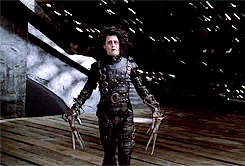
Edouard silver hands

